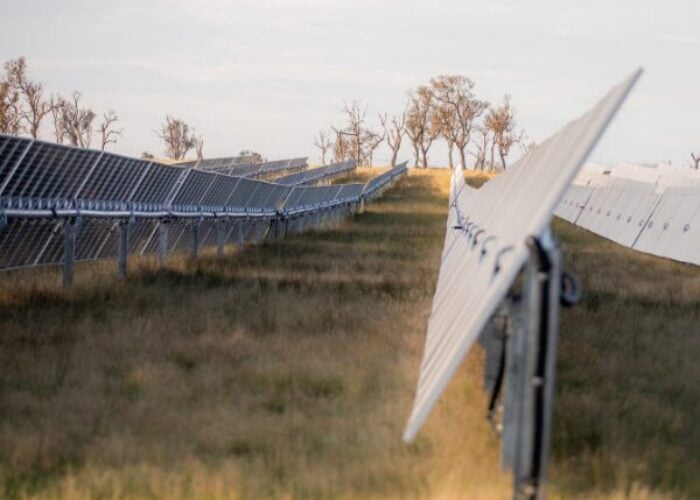Japanese thin-film manufacturer Solar Frontier has said its next-generation fab will trim a third off the cost of producing its CIGS modules.
In a statement today, the company said the 150MW Tohoku plant would be complete by March next year, offering a number of technological advances over its existing 900MW Kunitomi plant.
Try Premium for just $1
- Full premium access for the first month at only $1
- Converts to an annual rate after 30 days unless cancelled
- Cancel anytime during the trial period
Premium Benefits
- Expert industry analysis and interviews
- Digital access to PV Tech Power journal
- Exclusive event discounts
Or get the full Premium subscription right away
Or continue reading this article for free
Satoru Kuriyagawa, chief technology officer of Solar Frontier, said: “The Tohoku Plant manufacturing process leverages cutting-edge technology developed at our Atsugi Research Centre, partnered with proven line technology from our Kunitomi Plant to deliver significant enhancements.
“For example, precise processes such as the formation of the CIGS absorption layer (the heart of CIS thin-film modules), the patterning process, and electrode formation are now faster and can be controlled more accurately. With significant advances in all areas, this factory delivers faster, more compact and more efficient production, in turn enabling significant cost reductions.”
Speaking separately to PV Tech at Solar Power International in Las Vegas last month, the company’s chief executive, Atsuhiko Hirano, said Tohoku, dubbed MP4, would lower production costs per megawatt to about two-thirds those of the Kunitomi plant.
“That will bring us highly competitive against any technology in the future,” Hirano said.
Solar Frontier’s intention is for Tohoku to produce modules for local deployment, but the plant also forms part of the company’s strategy for future growth.
Hirano explained: “We’ve been talking about decentralising production capacity for future growth. It is our belief that it would be better to have production capacity closer to the end markets. Our growth strategy is based on the success of our new factory.”
In terms of global expansion, Solar Frontier is setting its sights particularly on the booming US market
The company is initially planning to divert some of its 2015 module output from Japan to the US to pave the way for its expansion.
It has also revealed plans for an experimental production plant in Buffalo, New York state, but Hirano would not give further detail on what stage this project had so far reached.





